|
Since arriving back home from my travels, I’ve hunkered down to have a close look at Sprang Unsprung. My students over the past 4 years have taught me a great deal. I’ve decided that some of the instructions, while technically correct, offer way too much information, and could do with simplification. The 2000 copies printed in 2011 are almost all gone. Time to reprint. An excellent opportunity to revise. The new version, the 2nd edition is not available. Those who have the 1st edition and who want access to the simplified instructions … I’ll be contacting my web person to post them … but in the mean time, e-mail me carol (no e) at sash weaver dot com and I’ll send you a file. Students have also asked for patterns. I’ve set up a booklet of some twenty five different lace patterns. For the most part I tried to keep the patterns to fit a 36 thread warp. To maintain interest, there are four patterns that require more than those 36 threads. IMAGE (This meander pattern was included, as many students asked for it, but it requires more than 36 threads.)
0 Comments
Yes, I’m travelling again. Now a member of the ancient textile society associated with the Textile Museum in Lyon, France, aka CIETA, I decided to attend their biennial conference. The conference coincided with the opening of an amazing exhibit at the museum, Antinoé à la vie, à la mode. The exhibit included almost incredible pieces found in Egypt in the late 1800s, some of it never before on display, quite the celebration of ancient fashion. From a textile perspective it was an amazing view into the time period. Yes, the exhibit included two sprang caps. Tours were part of the conference. I opted for a bus tour to le Puy-en-Velay More amazing textiles on display. From Lyon I went to London. There I had a visit scheduled at the Petrie Museum. I was accorded a visit with two sprang caps. I’ve since mapped out the patterns, and am giving samples to the museum. It is a fascinating piece, combining multiple twist interlinking and another technique where a single thread traverses the open space between vertical lines of interlinking. Later that week I experienced the Alexandra Palace Knit and Stitch Show. How heartwarming to see such crowds interested in textiles. I helped staff the booth belonging to The Braid Society. We managed to teach an awful lot of people how to do fill-the-gap kumihimo. On to Reading for a sprang class at Aldebourne. Aldebourne is a tiny community, but home to a large group of individuals interested in braiding techniques. Imagine the community center in a small village, and on a Sunday afternoon the space is crowded with people and their inkle looms, tablet weaving, and kumihimo. This is where I taught a sprang class. What a pleasure to teach to such apt students. On to the Pitt-Rivers Museum. Page 67 of Sprang Unsprung features the photo of an amazing bag with a design of 5 people, worked in beads. I was privileged with a close examination of this bag, as well as several sashes of Great Lakes interlacing (oblique weave) design.
Presently I’m in Devon. I presented a class in sprang to the Devon Handweavers, another group with a keen eye for structure. It’s always a pleasure to open up the world of sprang for people. My books are now available on Amazon.ca.
They’ve been available through the.com version of Amazon for a while now, but Canadians looked for them on the .ca version of Amazon, hoping for domestic shipping, and so far have been dissapointed. No More! Fingerweaving Untangled and Le Fléché Démêlé are now available on amazon.ca. 🙂 The numbers are in for another week at McNally Robinson Booksellers. Sprang Unsprung is the bestseller in the non-fiction category for Manitoba Authors, for two weeks running now. Thanks to all my friends who’ve gone out and bought copies. A friend of mine captured the ‘sprang dance’ from be book launch on her camera. I’m hoping to figure out how to post it. The launch was lovely.
In other news, I am pleased to be part of a collaborative work. The Alliance Francaise here in Winnipeg, along with the Maison des Artistes brought together a traditional embroiderer from Brittany, Pascal Jaouen, and a visual artist Collette Balcaen to collaborate on a Métis theme. The exihibit opening is this week. My contribution to the display was a fingerwoven belt, made using a very fine silk thread. Monday September 12 at McNally Robinson Booksellers The Bart House Band provided the music They also accompanied the ‘Sprang Dance.
The event finished with book signing. The delivery man from Friesens Printing phoned this morning. My books were ready for delivery! Luckily I had help to assist in moving 2000 books from the truck to my living room. This afternoon I’ll be busy taking packages to the post office, all you who pre-ordered! Keeping my fingers crossed that you’ll like what you see in Sprang Unsprung. I should add some photos from my adventures in Grand Portage, Minnesota. We were greeted by a rainbow as we set up camp. I was impressed by the number of people wearing fingerwoven sashes. Michelle Delorme was proud to show me the sash made by her Québec mentor. I always learn new things. Another participant showed me her method for securing the weaving while riding in a car. She uses a pillow. Her weaving was very nice and tight. Kudos. Amazing stories of how sashes call out to people to become weavers. And they have been able to create amazing pieces. She told me the story of the first time she saw a fingerwoven sash, how it moved her, how fingerweaving has helped her re-connect with her French Quebecois heritage. There were lots of other activities, lacross and twoball The setting was really beautiful. I did take an evening to do a bit of hiking. The view was spectacular. Back home, back at work, I’ve set to re-creating those little coin purses, such as the one found among Lord Nelsons things, and featured on the front cover of the book by Martyn Downer: And for the ladies, pockets. This one is based on an image I found on-line from the Williamsburg site.
It’s finally off to the printer! My new book, fully illustrated how-to on sprang will be available starting in mid-August, 2011. I am now ready to take pre-orders. The price is $24.95 plus shipping. It’s 80 pages, a bit longer than Fingerweaving Untangled. Same quality of illustrations. Lots of information on the basic weaving techniques of interlinking, interlacing and intertwining. Also featured are detailed step-by-step of figure-8 warp and circular warp. The book features directions for making hats, bags, sweaters and socks. This is the book I was looking for when I was trying to learn sprang. Hope I’ve made the way easier for you.
It’s almost ready. I’ve been working for two years now, putting together a how-to manuel on ‘sprang’. Following the same style as Fingerweaving Untangled, this book assumes no previous knowledge. This past week I received another draft back from the layout people. This one is very close to a printable version. Looking around my workroom, there sure are a great number of samples made over the last two years. I’ve lost count of how many samples I’ve made now. Each technique has detailed step-by-step drawings, as well as photos of the setup, the process, and the finished article: straps, sashes, bags, hats, sweaters, even socks.
It’s an 80 page book. The ‘No Frame’ method from an earlier post is featured, as well as work on a frame: figure-8 and circular warp. Yes, I’ve been away from this blog for some time. I was busy writing and making these samples, and wasn’t sure how to describe to you the process, what to say here. Friesen’s Printing is now expecting my manuscript for the end of June. Keeping my fingers crossed that the book will be available for sale in July 2011. OK, I have been corrected. The free-end method is technically NOT sprang. Sprang, by definition, according to Collingwood and Emery is always worked on a warp that is attached at both ends and always results in two mirror-image pieces of cloth. I am interested in teaching people how to use threads to make things. Interlinking, interlacing, and intertwining can be performed on loose ends or on ‘framed’ threads. I’m wanting to break down the barriers, get people to explore these techniques, encourage them any way possible. Yes, it’s easier to work the threads when they’re stretched on a frame. The frame is an extra step, an extra expense. My tactic is to get people to try interlinking (or interlacing or intertwining). When they see how much fun it is, and that you can get TWO rows of cloth for every row of work … hey, the frame is pretty easy to concoct. So I begin with ‘unsprung’ sprang, that is, the free-end method. I’ve been working these past several months researching the subject of sprang, looking for North American examples, and have found plenty. More recently I’ve put nose to the grindstone, and have been working on a how-to book. My goal is to produce something similar to Fingerweaving Untangled. That is to say, I’m creating the step-by-step drawings, and taking detailed photos. Every time a thread is moved, another image is required. I’m working on the book that I wish I had when I was trying to figure out how to ‘sprang’.
I’ve heard tell of many examples of sprang from coptic excavations, from danish bogs, eastern Europe, and the like. I’d like to firmly root my book in the North American experience. Things like the ‘no frame’ method will definitely be covered. There is evidence that this is the method used by early North American residents. Simple frames will also be featured. I’ll cover a basic list of patterns, monochrome, stripes, how to get the colors to move diagonally. I’ll also include patterns made on the surface by playing with S and Z (of course and explanation of S and Z themselves), patterns made by creating holes, and the like. Any special requests out there? Well on the way with a set of basic drawings and instructions already done, I’m hoping to have this book off the press and ready for distribution by April 2011. My book, Fingerweaving Untangled, has now been translated into French.
I met Lorraine Forbes at Festival one year. She saw me fingerweaving and came over to chat. She had tried unsuccessfully to learn from various books in the library and was pleased to finally meet someone who had cracked the technique. On the way home, she tells me, that her husband encouraged her to take my class, “out of sheer like-mindedness”. Lorraine is a professional translator, between English and French. She was of great help to me in editing Fingerweaving Untangled. When the requests for a french version started coming in, I solicited her help. Lorraine was indispensable in this venture. I am grateful to Manitoba Culture, Heritage, Tourism, and Sport who subsidized the translation. While the typesetting had to be completely re-done, I took the opportunity to re-do some of the photos and re-arrange some of the pages. The directions on how to measure out, pgs 20 and 21, in my mind were a bit too crowded. The re-organization suggested by my husband is a nice improvement that bi-lingual folks will notice. I’ve also corrected a few errors. At the bottom of page 17, the caution should be to count a total of 12 threads, 6 in front and 6 in back (not 12 and 12 … assuming a total of 24). Midway through the process, I sent out drafts to french-speaking individuals, people from France who expressed an interest in learning the technique. Their comments were most helpful. I also was able to consult with individuals who teach fingerweaving in Quebec. I learned, for example, that they call the diagonal stripe the ‘half chevron’. The work was finally completed at the end of June and delivered for printing. I received shipment of Le Fléche Démêlé on July 30. It sells for the same price as the english version. Within the first month 200 copies have left my house. I count this a success. This fall the book will be available through the Quebec bookseller Renaud-Bray. |
Categories
All
Archives
May 2023
Categories
All
|
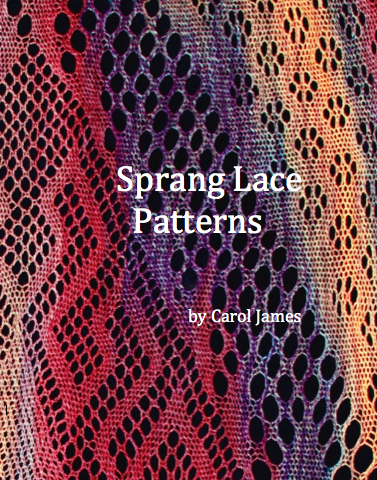
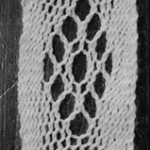
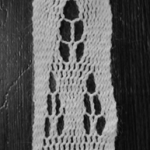
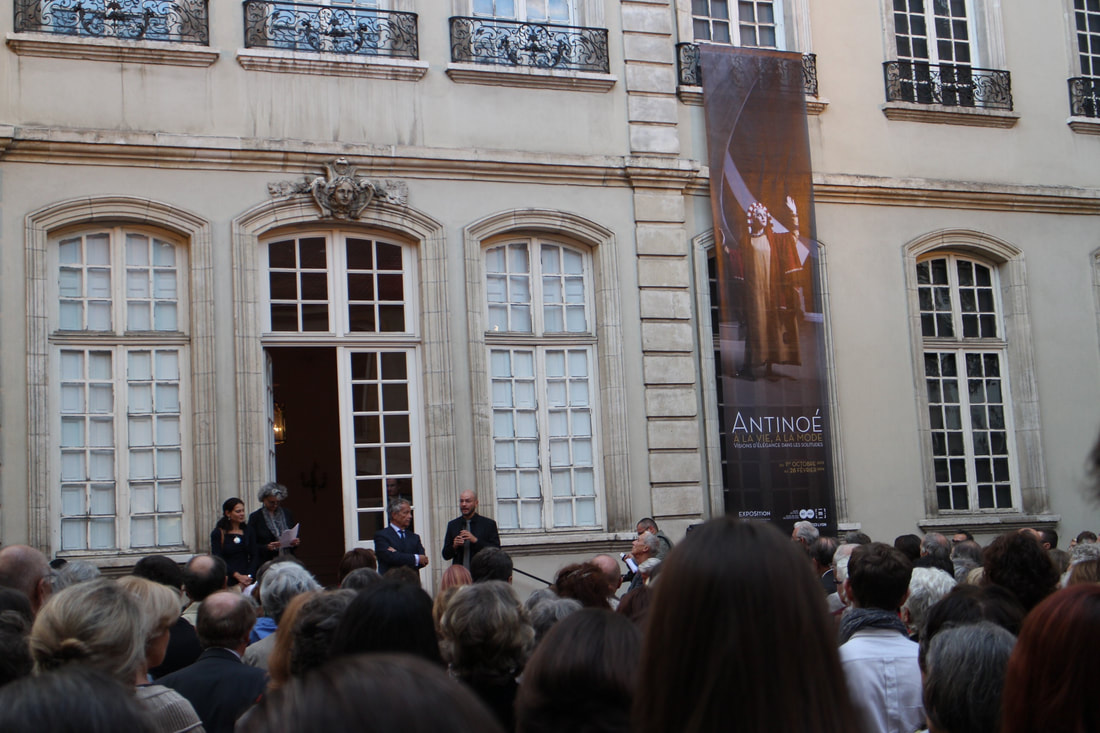
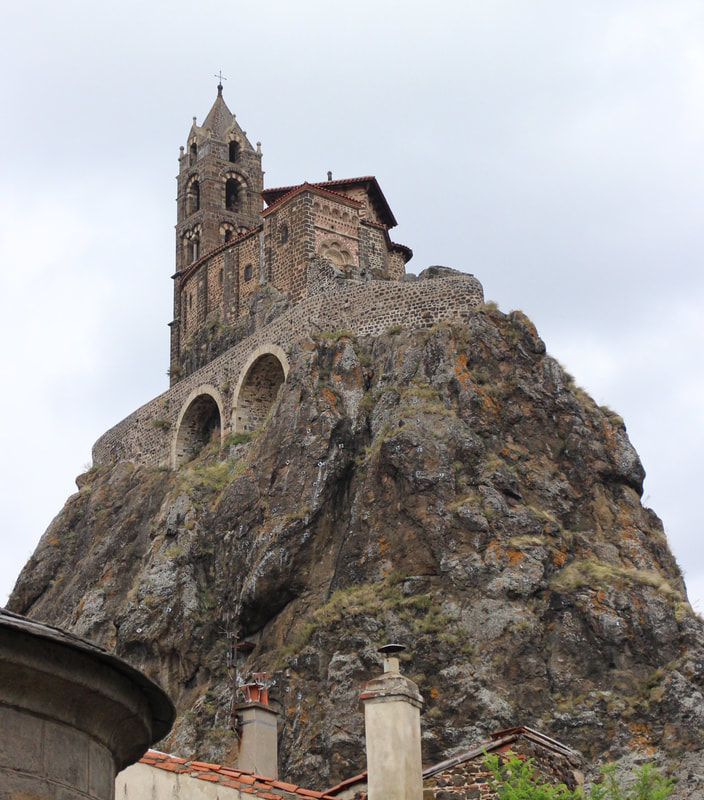
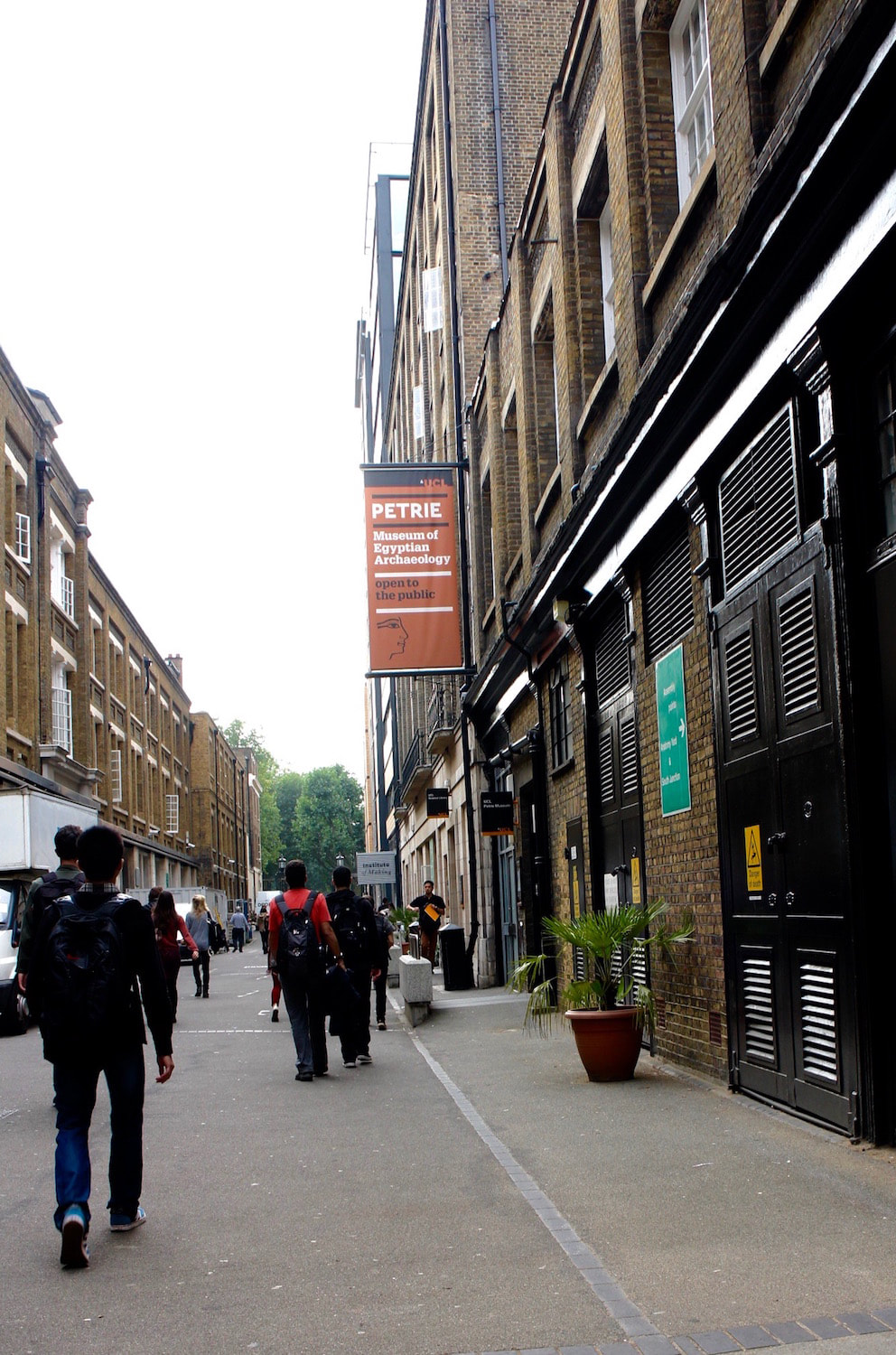
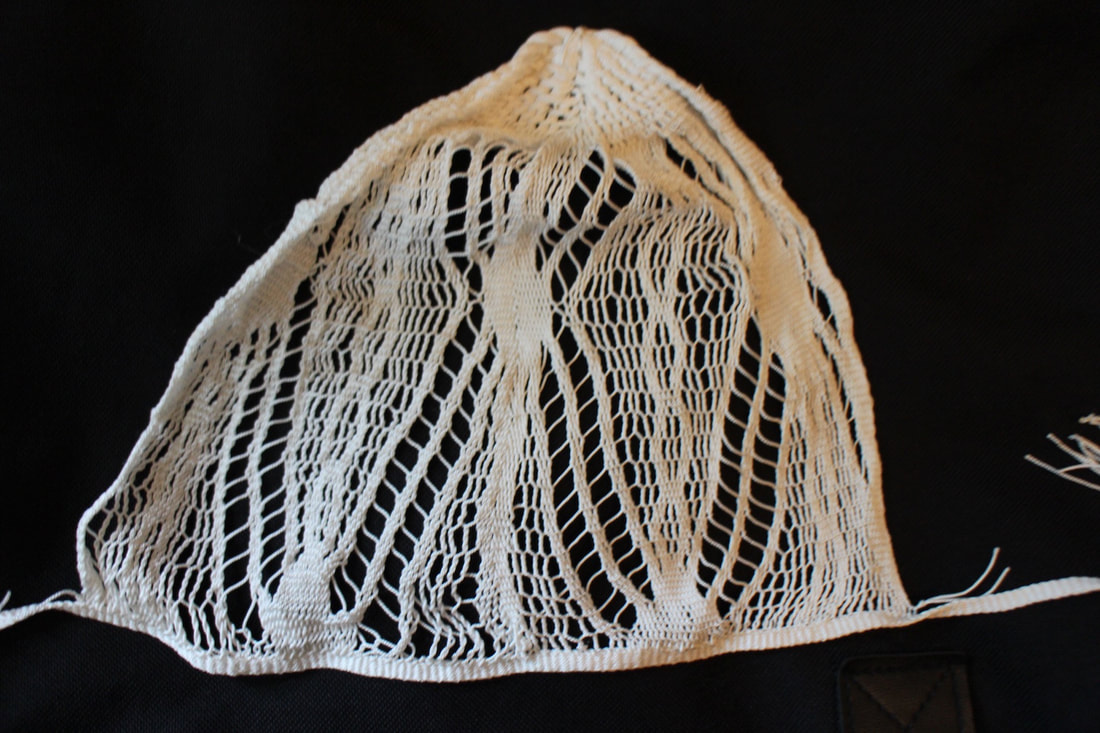
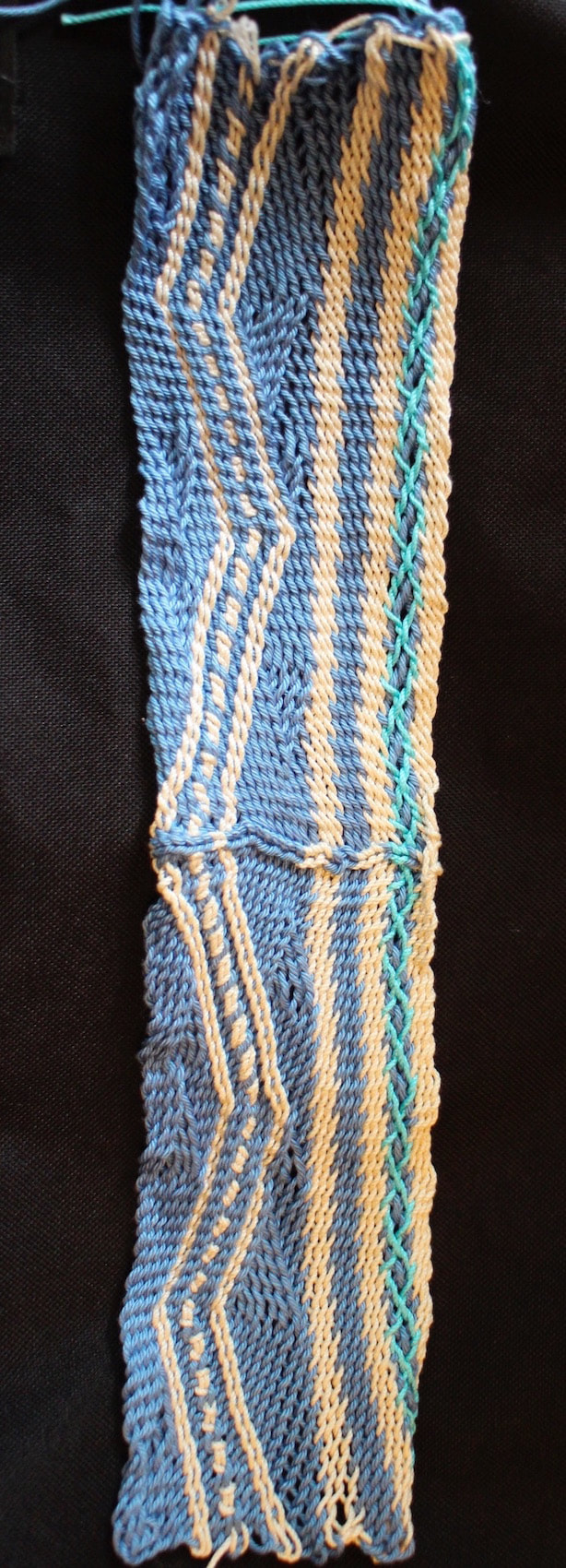
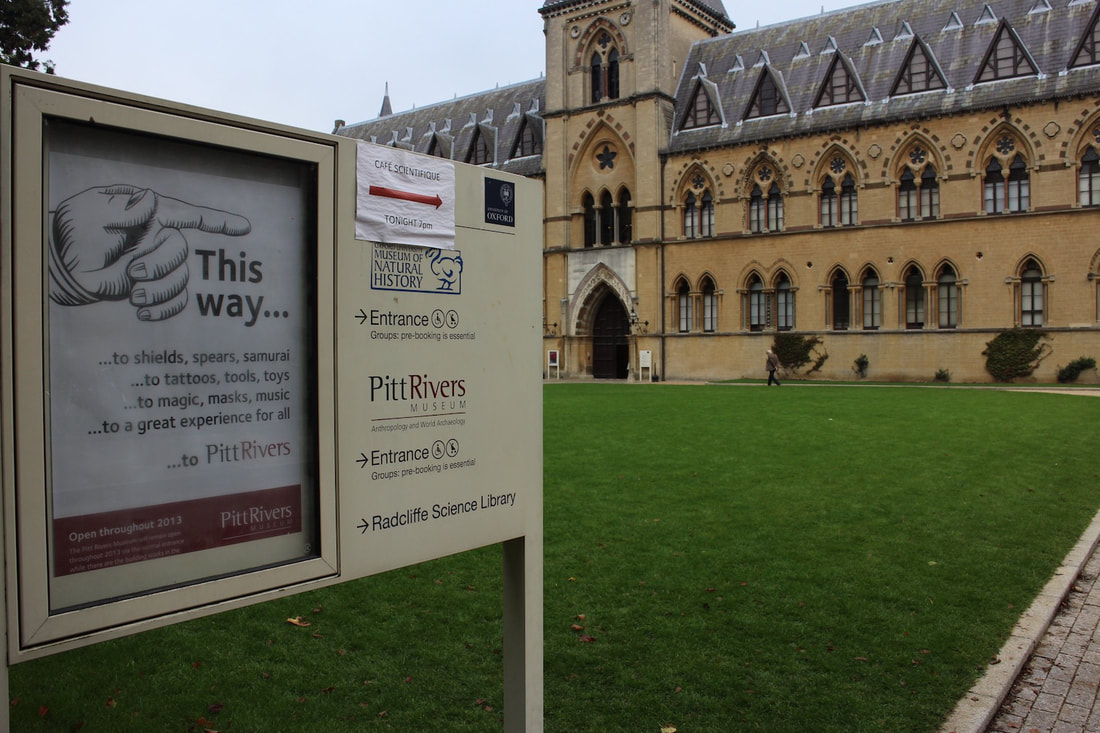
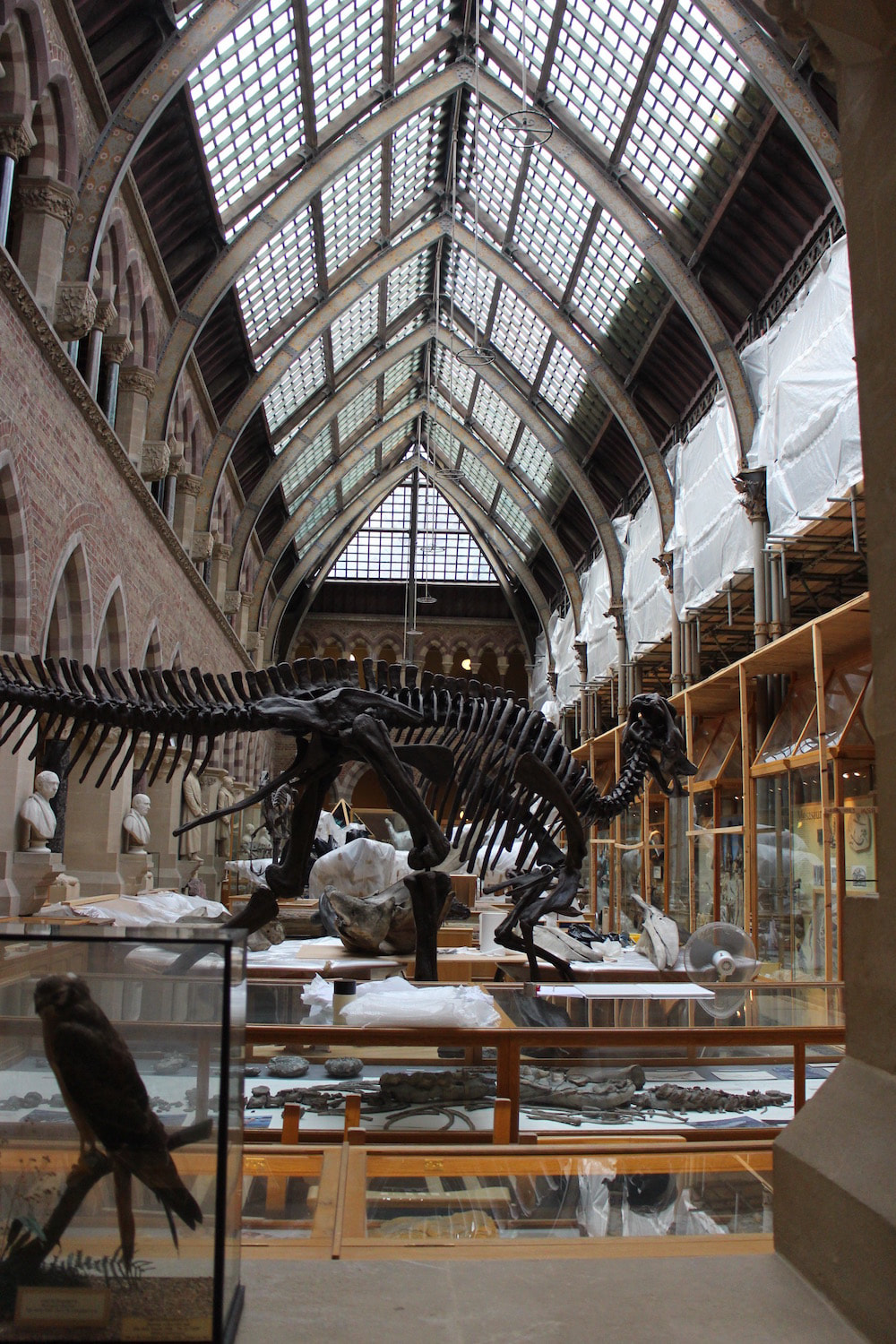
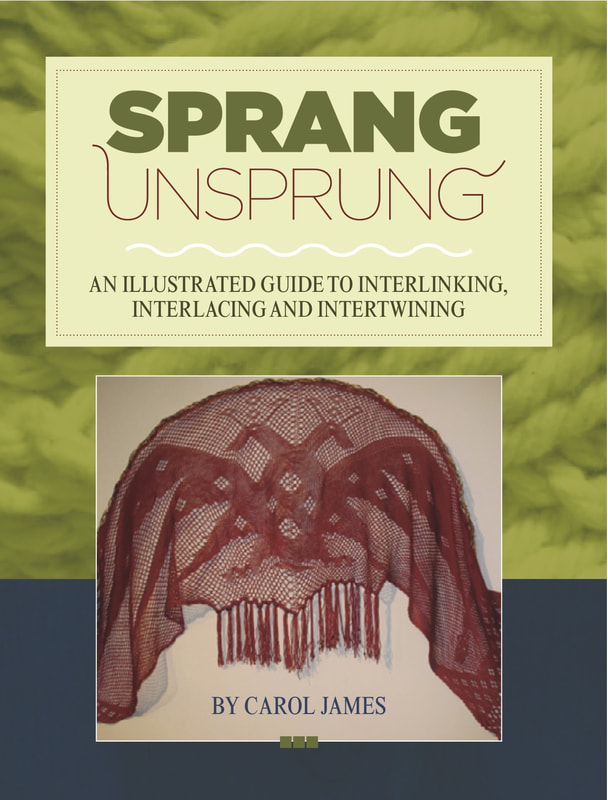
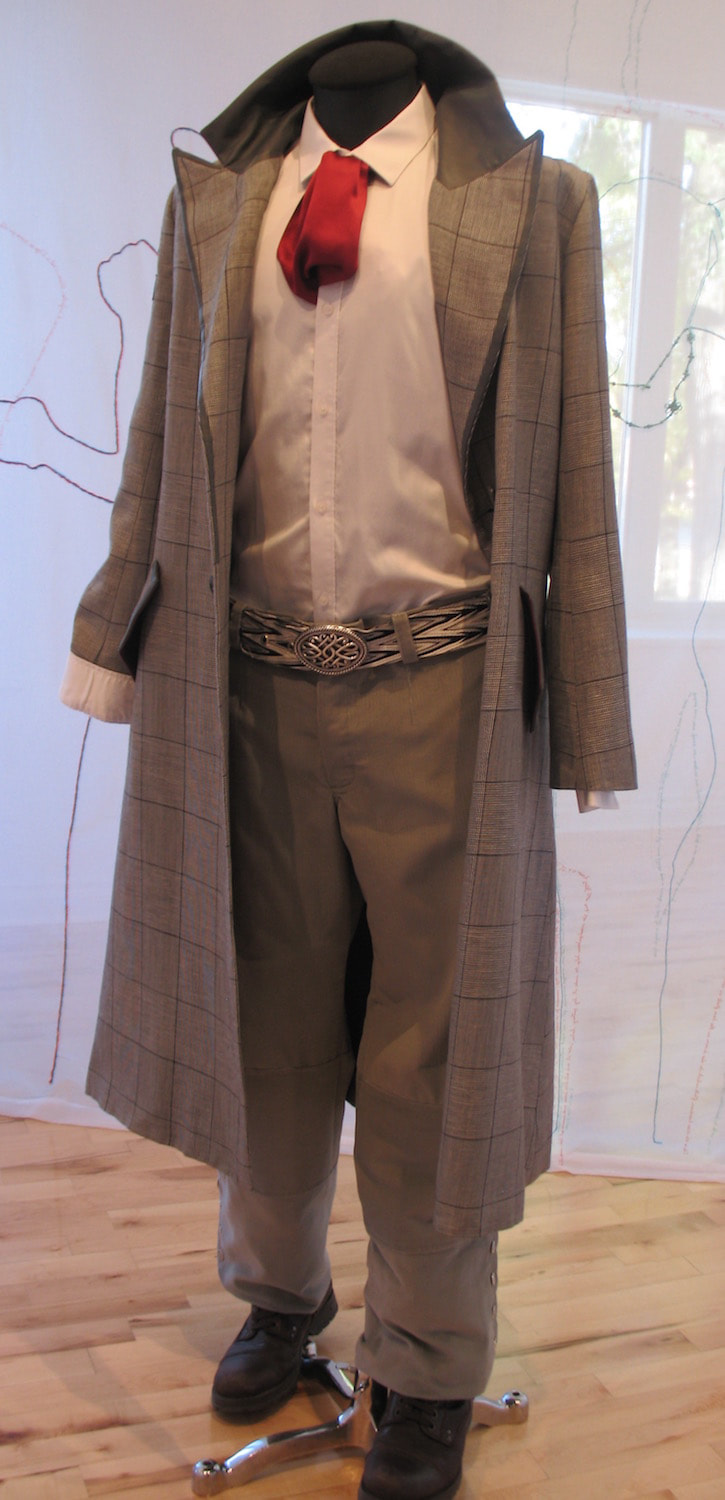
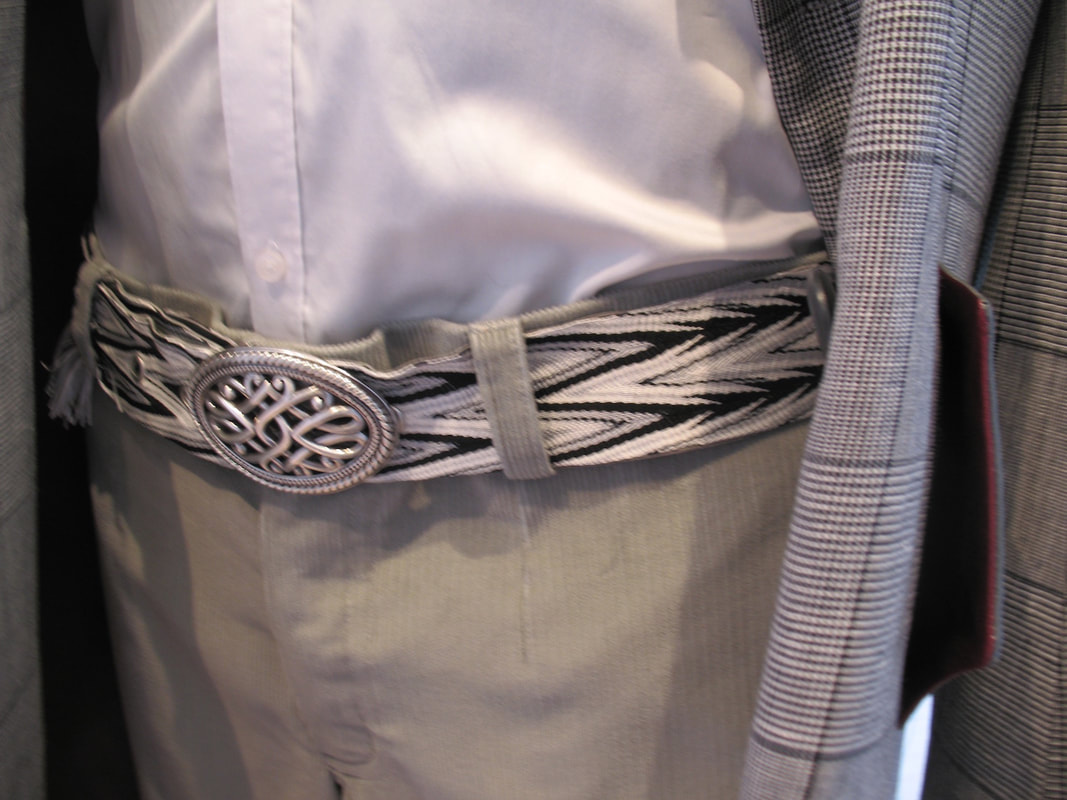
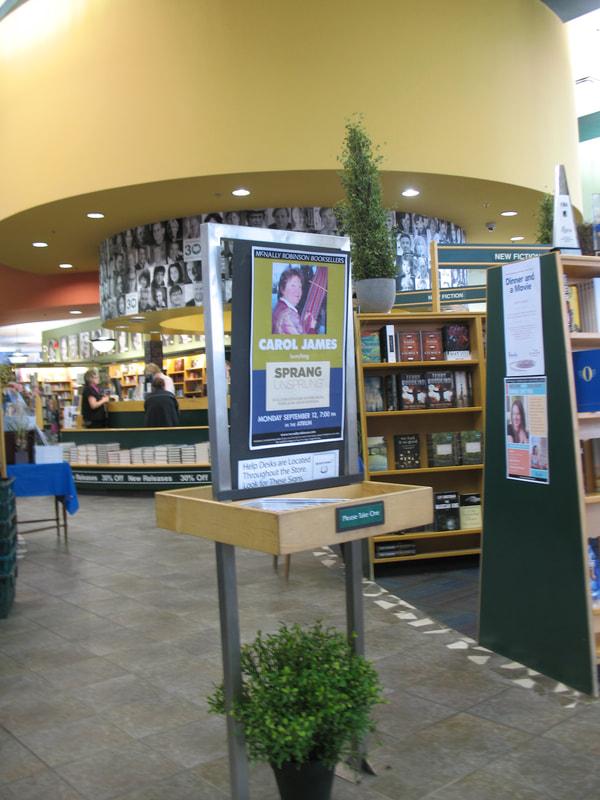
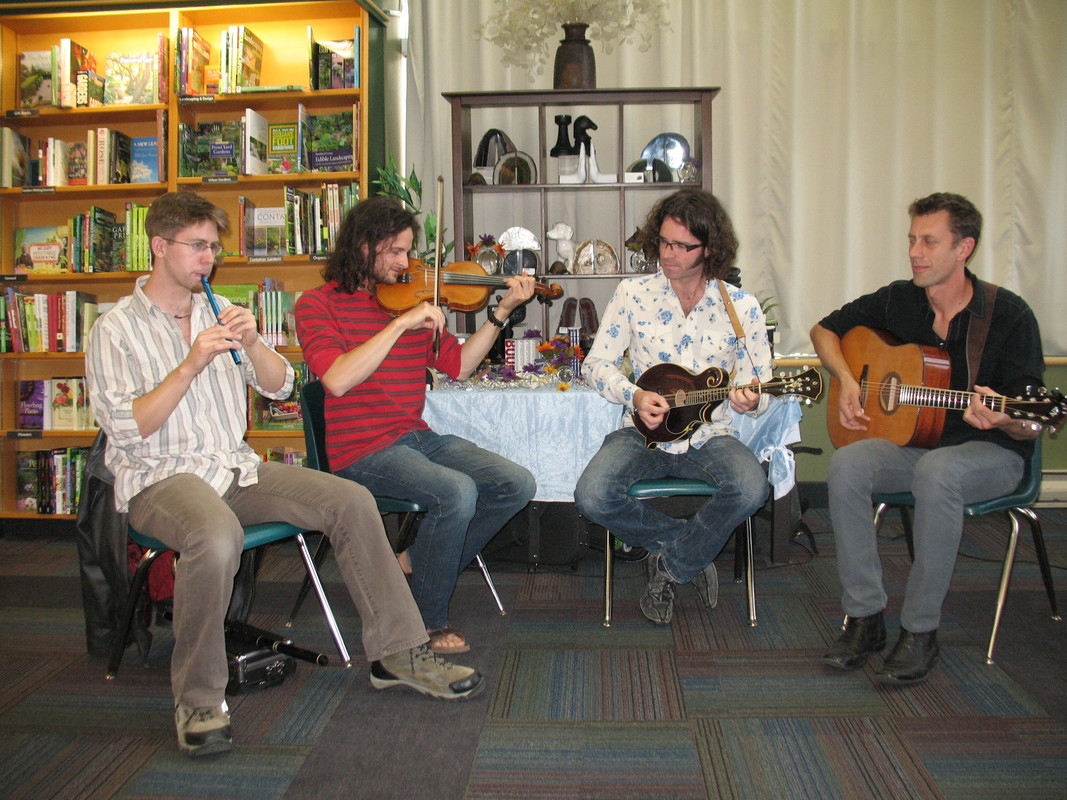
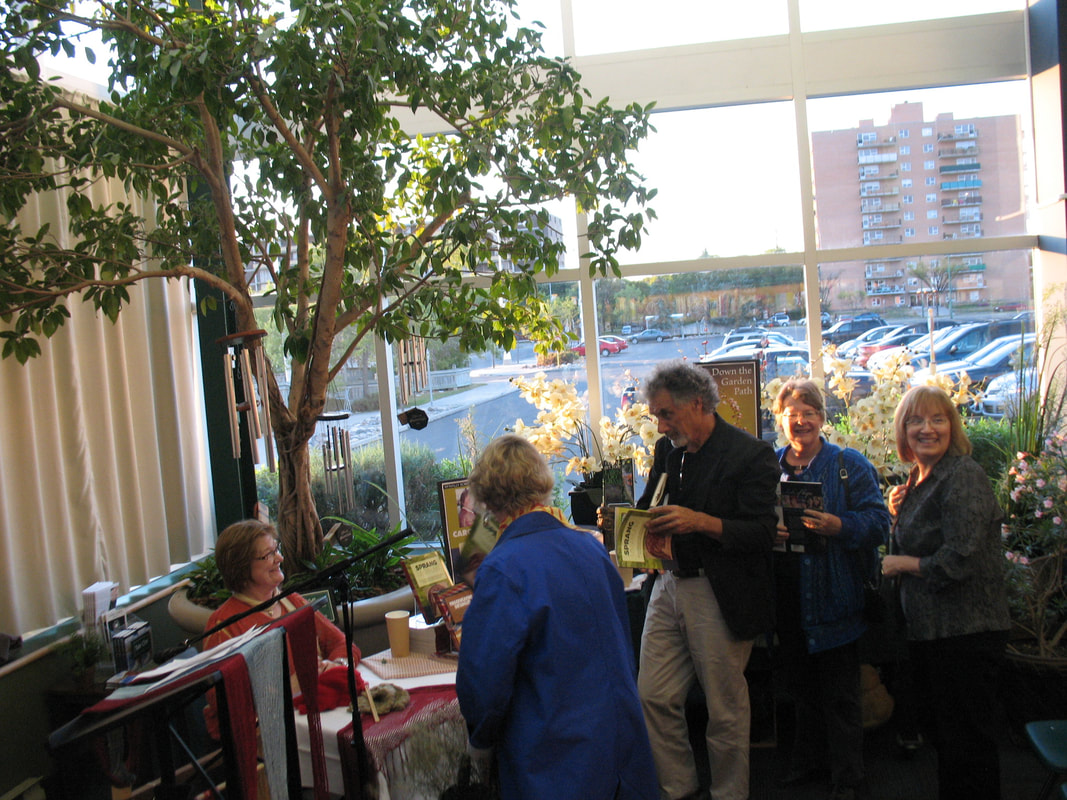
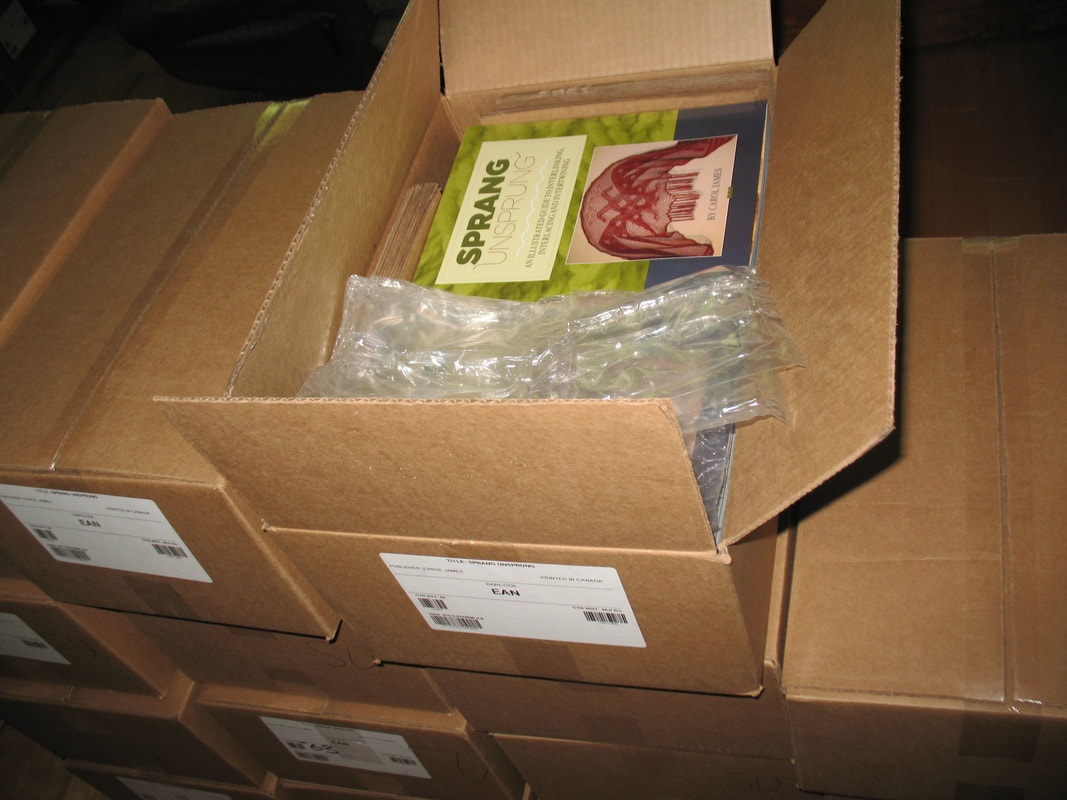
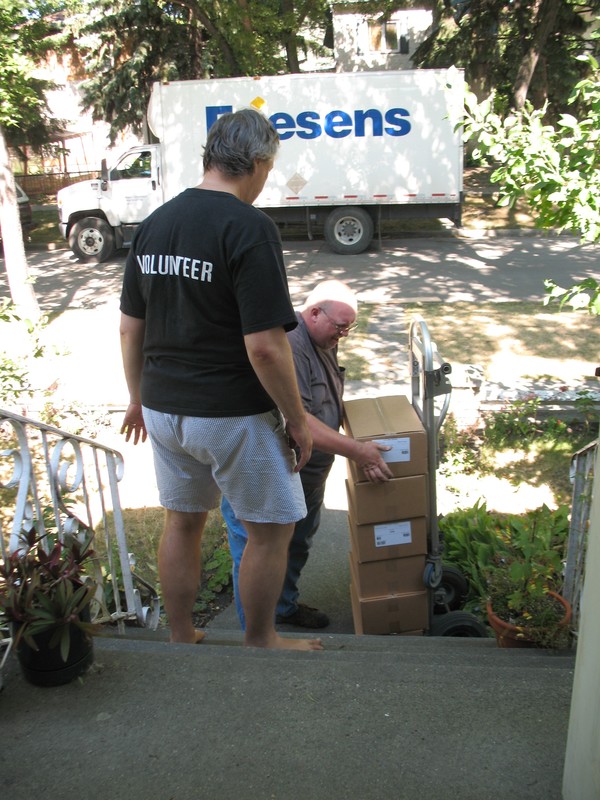
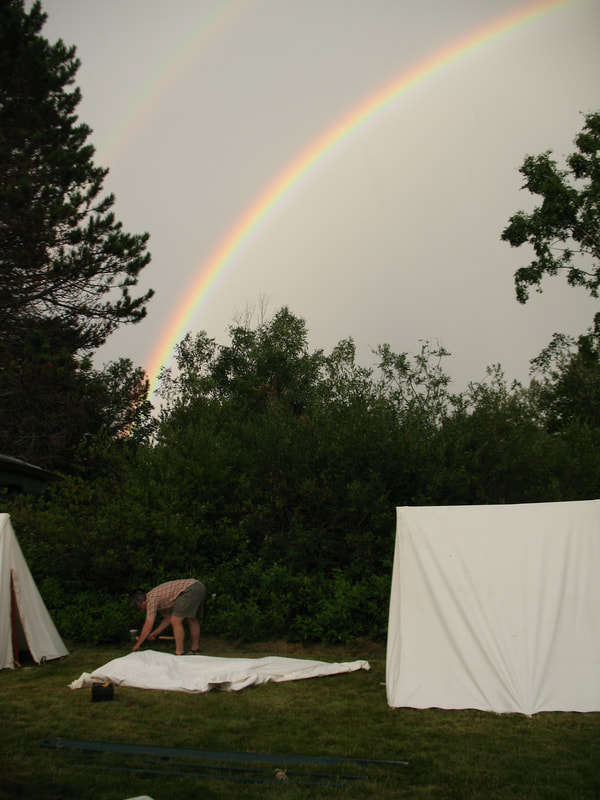
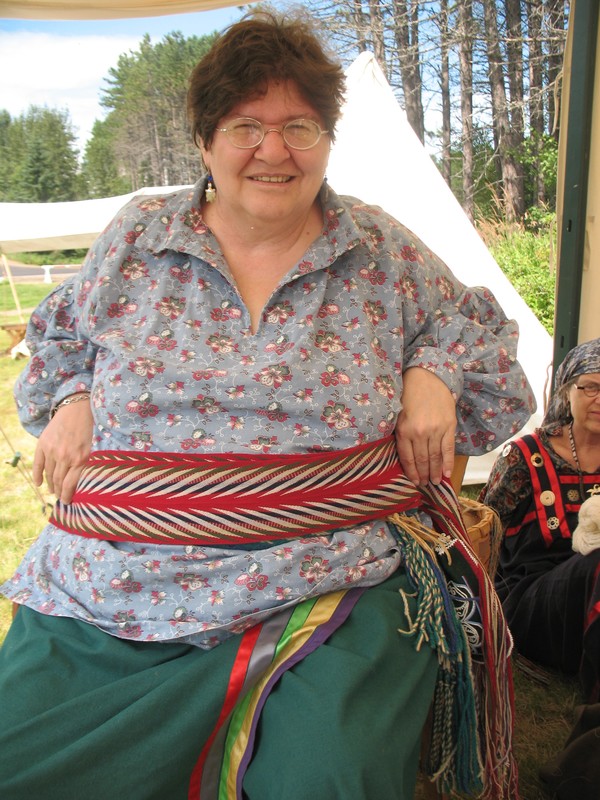
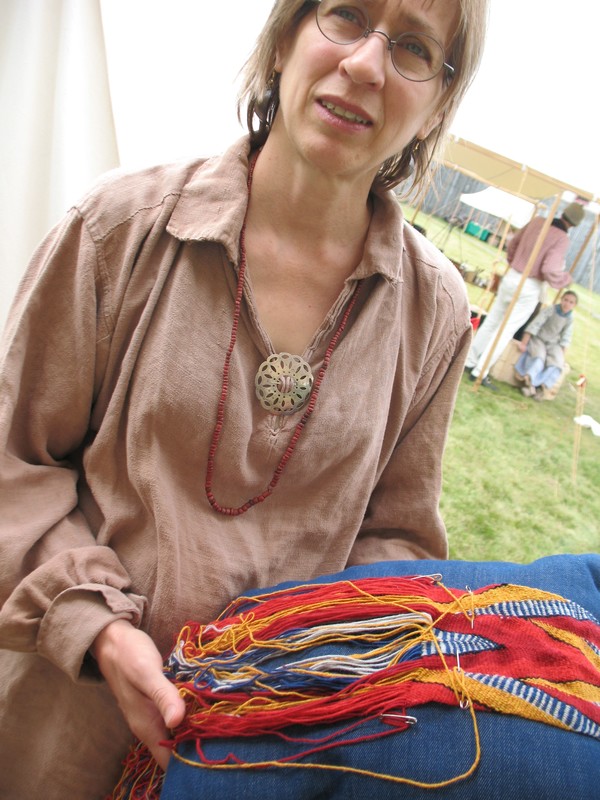
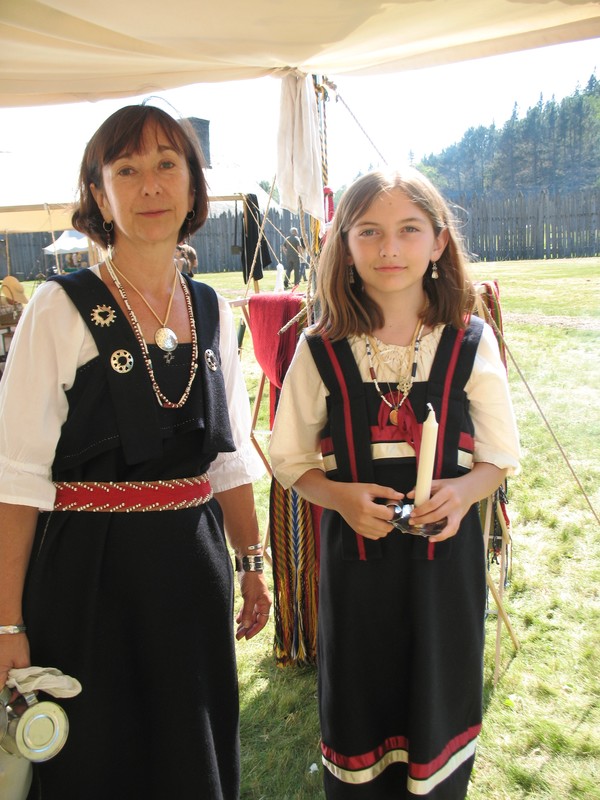
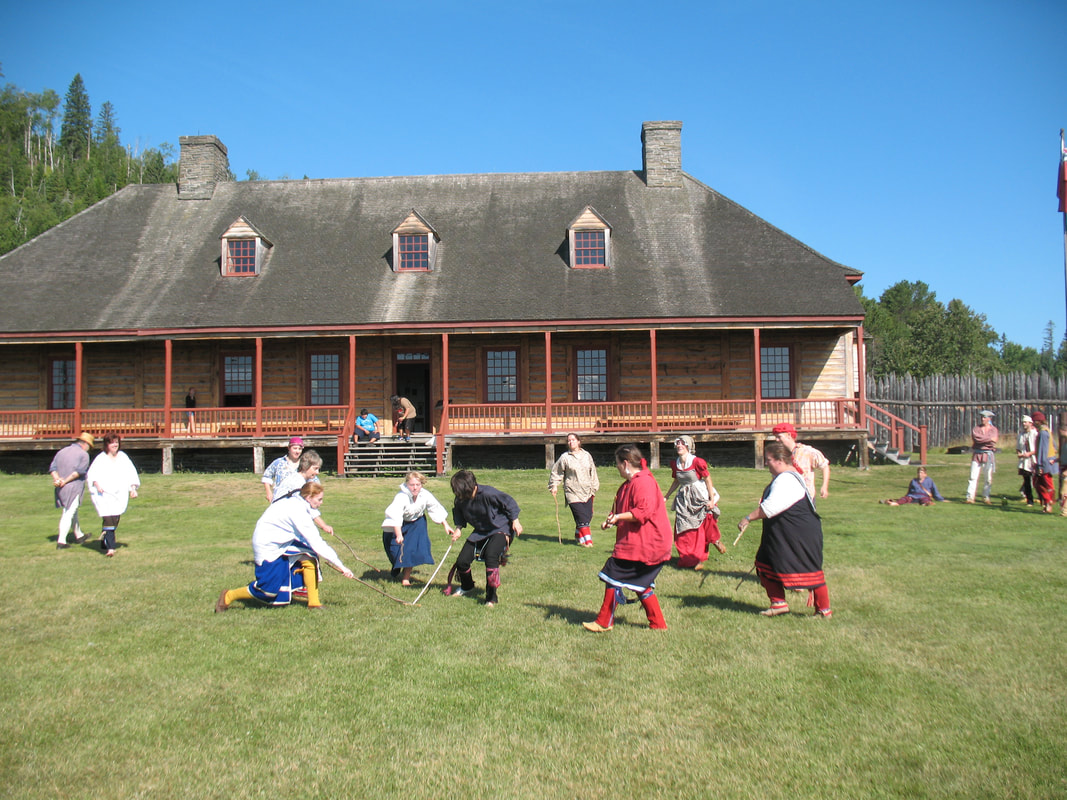
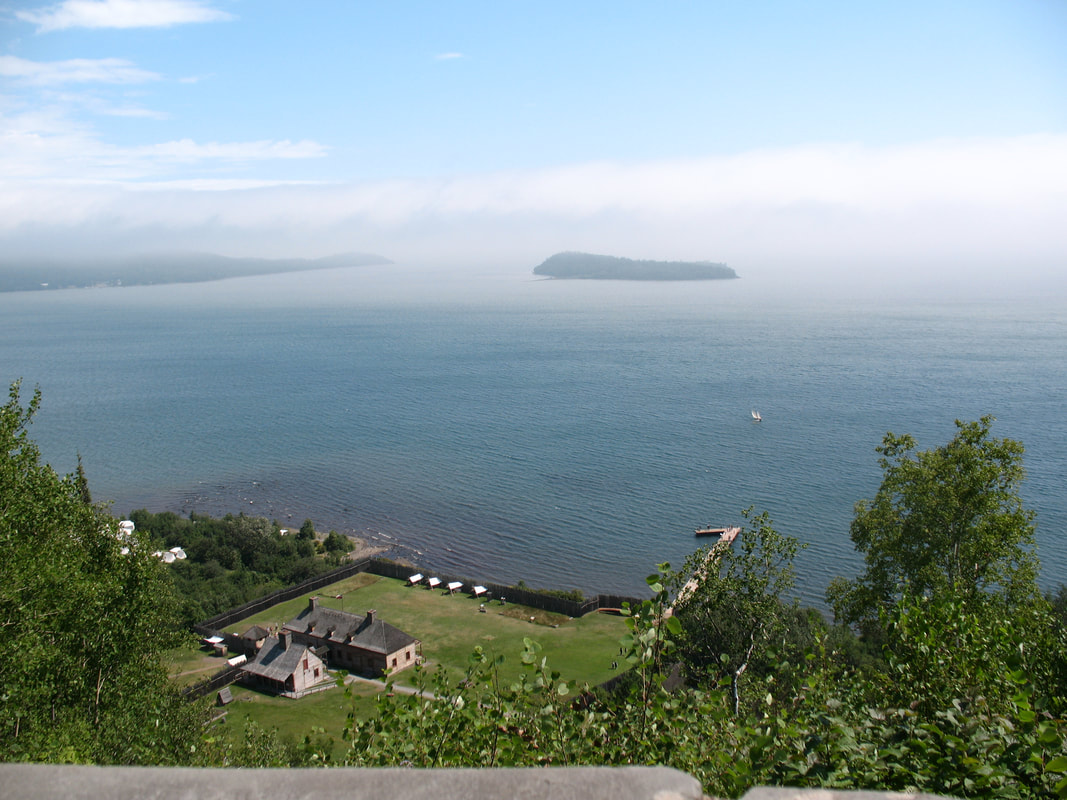
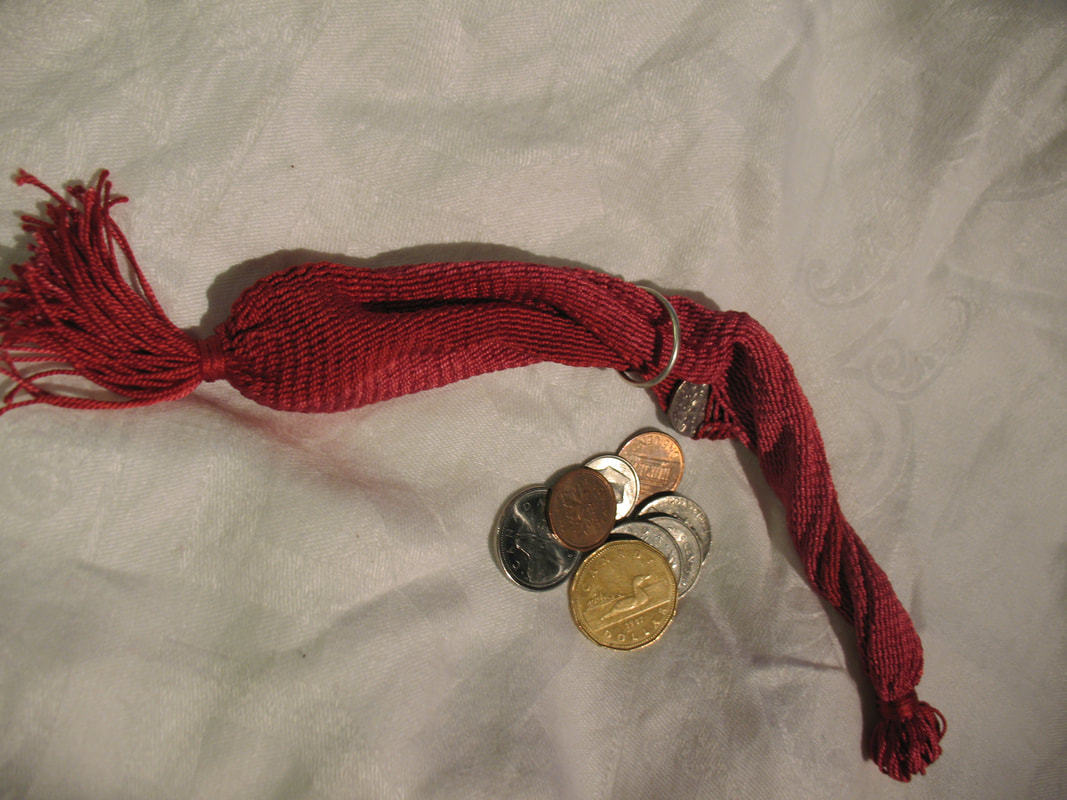
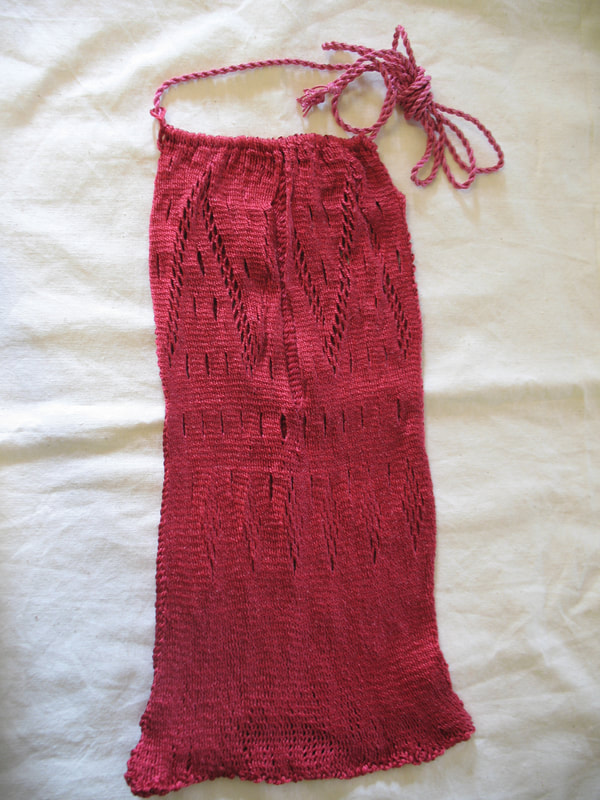
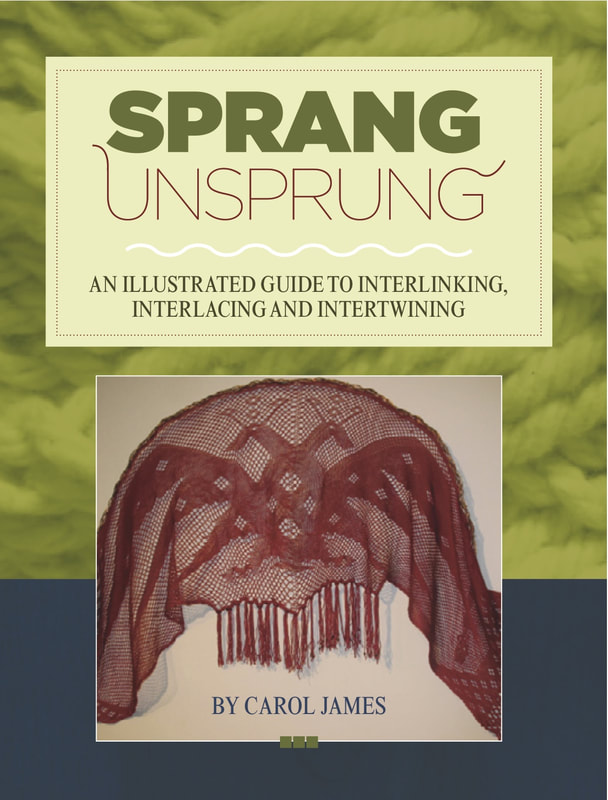
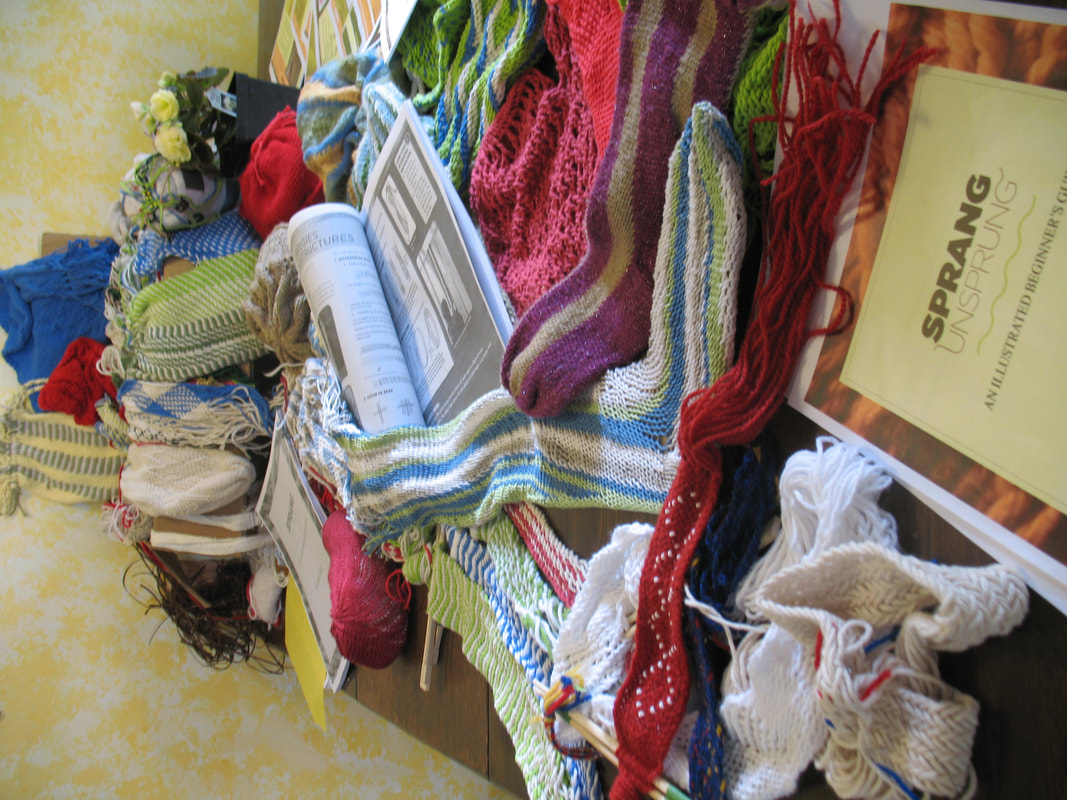
 RSS Feed
RSS Feed